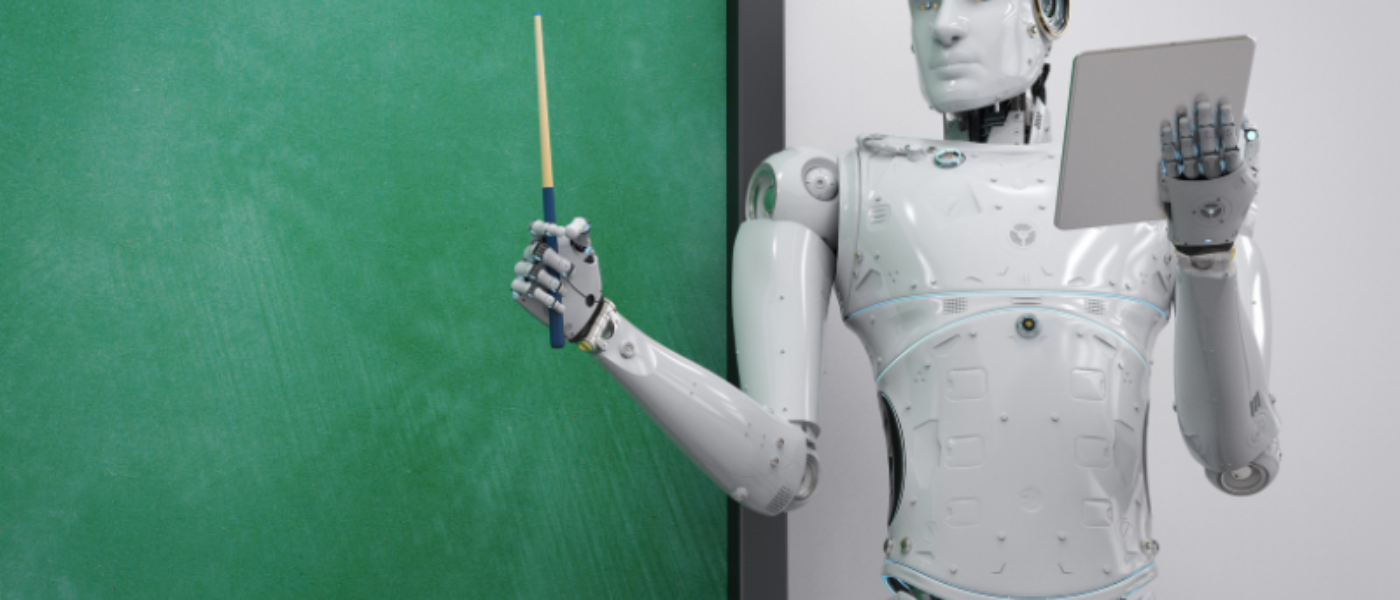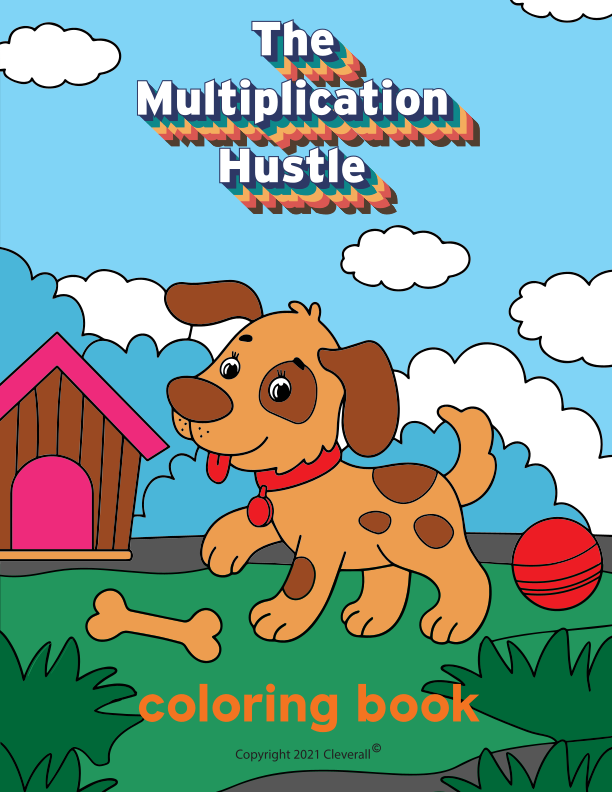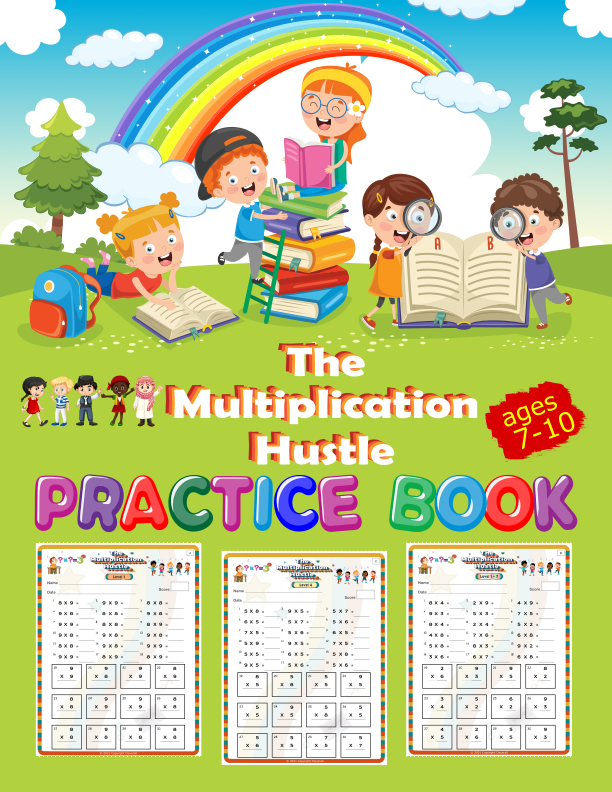Introduction
As Artificial Intelligence (AI) continues to weave its way into every aspect of our lives, it’s no surprise that it has also infiltrated the realm of education. AI has the potential to revolutionize the way we teach and learn, from personalized learning experiences to intelligent tutoring systems. While there are undoubtedly countless benefits, we must also consider the potential drawbacks associated with this emerging technology. So, let’s delve into the world of AI in education, examining the advantages, the challenges, and exploring what is possible along the way.
What is Artificial Intelligence?
Artificial Intelligence is a branch of computer science that focuses on developing intelligent machines capable of simulating human cognitive abilities such as learning, problem-solving, and decision-making. AI algorithms empower computers to learn from data inputs and make predictions about future outcomes. Think of AI as a super-powered helper, one that can learn and grow, but occasionally misunderstands your request for “a funny cat video” and shows you a video of a cat stuck in a box (which, let’s be honest, is still pretty funny).

Types of Artificial Intelligence
Artificial Intelligence can be broadly categorized into three types: narrow or weak AI, general or strong AI, and superintelligence.
- Narrow AI refers to programs that excel at specific tasks with high accuracy but cannot venture beyond their programmed scope. A classic example of narrow AI is the chatbot used in customer service, which can sometimes lead to hilarious misunderstandings, like this unforgettable conversation.
- General or strong AI surpasses the capabilities of human intelligence and can perform any intellectual task with ease. Picture a world where robots give TED talks or write bestselling novels – it might not be too far off!
- Superintelligence is a hypothetical form of artificial intelligence that would outshine the combined intellectual abilities of all humans put together. While this concept is still in its infancy, it could have the potential to revolutionize the way we learn and perceive education. For a lighthearted take on superintelligence, enjoy this comedic presentation by Tom Scott.
How is Artificial Intelligence Used in Education?
AI has already made significant inroads into the education sector, offering innovative tools to enhance teaching and learning experiences. Here are some ways AI is being employed in education:
- Personalized Learning: AI can be used to create tailored learning experiences based on students’ individual strengths and weaknesses. For example, Carnegie Learning employs AI to customize math lessons for students. To lighten the mood, check out this amusing video of a robot teaching math to kids.
- Intelligent Tutoring Systems (ITS): These systems, such as Carnegie Mellon University’s Open Learning Initiative, use AI to provide students with instant feedback on their work and personalized support to help them learn. Imagine an AI tutor that not only helps you with your math problems but also cracks jokes to keep you entertained!
- Automating Administrative Tasks: AI can streamline administrative tasks like grading multiple-choice exams or essays, freeing up teachers’ time to focus on more complex aspects of teaching, such as problem-solving activities or project-based learning. With AI taking care of the mundane, teachers could find more time to bond with students or even share a few laughs in the classroom.

Benefits of Using Artificial Intelligence in Education
The integration of AI into education offers numerous advantages, including:
- Personalized Learning: AI’s ability to analyze data from various sources, such as assessments, homework assignments, and even social media activity, enables it to provide insights into a student’s strengths and weaknesses. This allows for the creation of personalized learning experiences tailored to each student’s needs and abilities.
- Time Savings for Teachers: By automating routine administrative tasks, such as grading exams, tracking attendance records, or creating lesson plans, AI frees up time for educators. This enables them to focus on more creative tasks, such as developing innovative teaching methods or engaging with students on a one-on-one basis.
- AI-Powered Chatbots: These chatbots are increasingly popular in educational settings, as they can provide instant support for students throughout their learning journey. For instance, IBM’s Watson Assistant is used by Georgia State University to deliver personalized support to students. Imagine a chatbot that not only helps with your homework but also shares a witty pun or two to lighten the mood!
- Data-Driven Decision-Making: Artificial intelligence can be used to identify patterns across different schools and districts through machine learning techniques. This information can then help policymakers make informed decisions about allocating resources or implementing new policies. Who knew data crunching could be so amusing?

How Artificial Intelligence Complements and Empowers the Human Brain.
Negative Effects of Artificial Intelligence in Education
Despite its transformative potential, AI in education also poses some challenges that cannot be ignored:
- Teacher Replacement: The possibility of AI replacing human teachers in classrooms is a significant concern. Although this might increase efficiency and reduce costs, it could also lead to a lack of personalized attention for students. Furthermore, AI cannot replicate the personal connection, humor, and empathy that human teachers bring to the classroom.
- Bias and Inequality: AI systems programmed by humans who hold implicit biases may inadvertently embed these biases into the technology. This could result in unfair treatment of certain student groups or reinforce stereotypes. AI must be carefully designed and monitored to ensure that it promotes equity and fairness in education.
- Over Reliance on AI Tools: Relying too much on AI tools could hinder the development of essential skills among students. For example, memorizing multiplication facts is a critical building block for more advanced mathematical concepts. If students become overly dependent on AI for quick answers, they may not develop the foundational skills necessary for long-term success. It’s essential to strike a balance between leveraging AI and fostering independent problem-solving skills in students.
- Cybersecurity Risks: Introducing AI systems into schools creates potential cybersecurity threats. Malicious actors could hack these systems and access confidential information about both teachers and students. Ensuring robust security measures are in place is essential to protect the sensitive data and privacy of all those involved in the educational system.
- Implementation Costs: The costs associated with implementing AI in education can be prohibitive, especially for schools and districts with limited resources. These expenses include hardware, software, and training costs. It’s crucial to consider the financial implications and explore ways to make AI technology accessible to all schools, regardless of their budget.

Conclusion
In conclusion, Artificial Intelligence is transforming education and promising to revolutionize the way we teach and learn. However, we must remain vigilant about addressing the potential negative effects before they cause more significant harm than good in our schools. As technology continues to advance rapidly, we can expect more innovative applications of AI in education that will transform how students learn and educators teach. It’s up to us to ensure that we use AI responsibly and for the greater good of all learners. After all, we don’t want a future where robots take over the world, do we?



